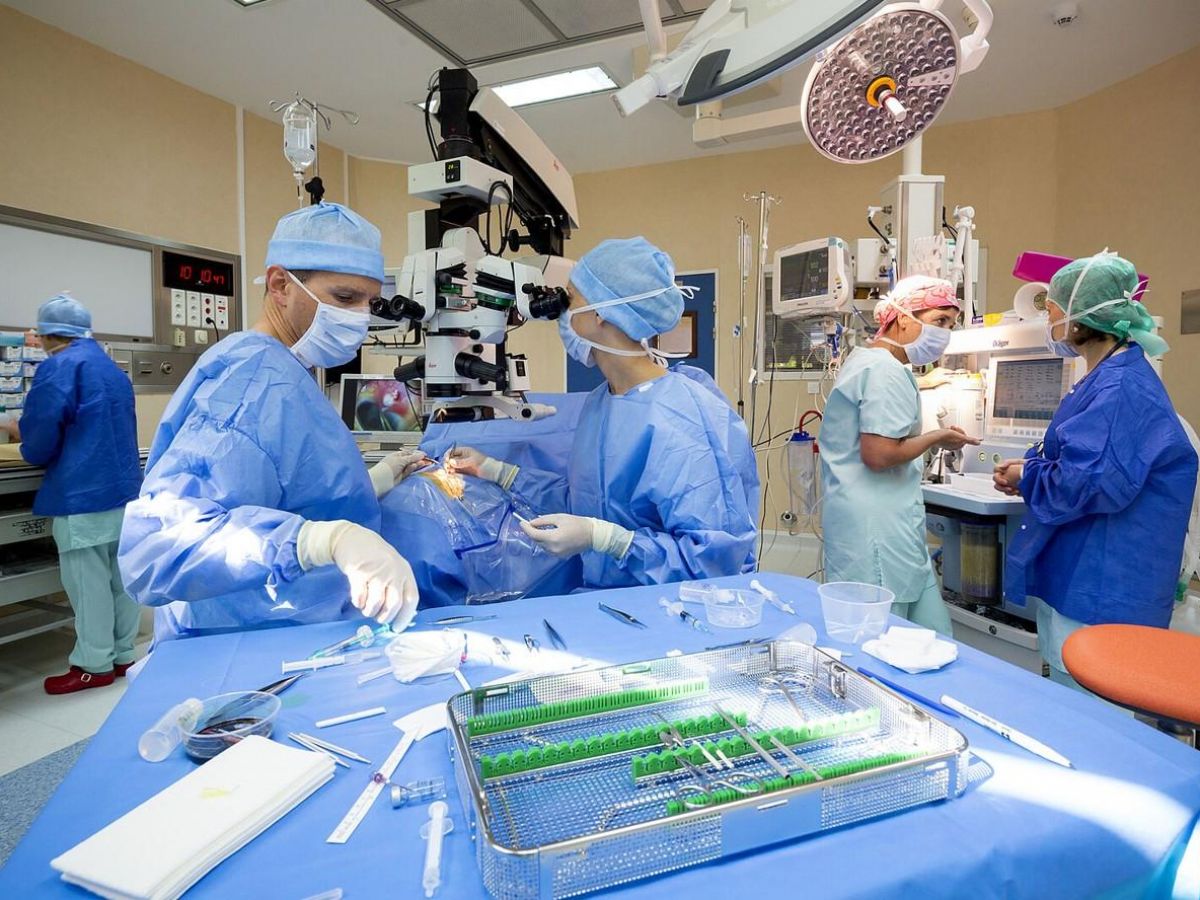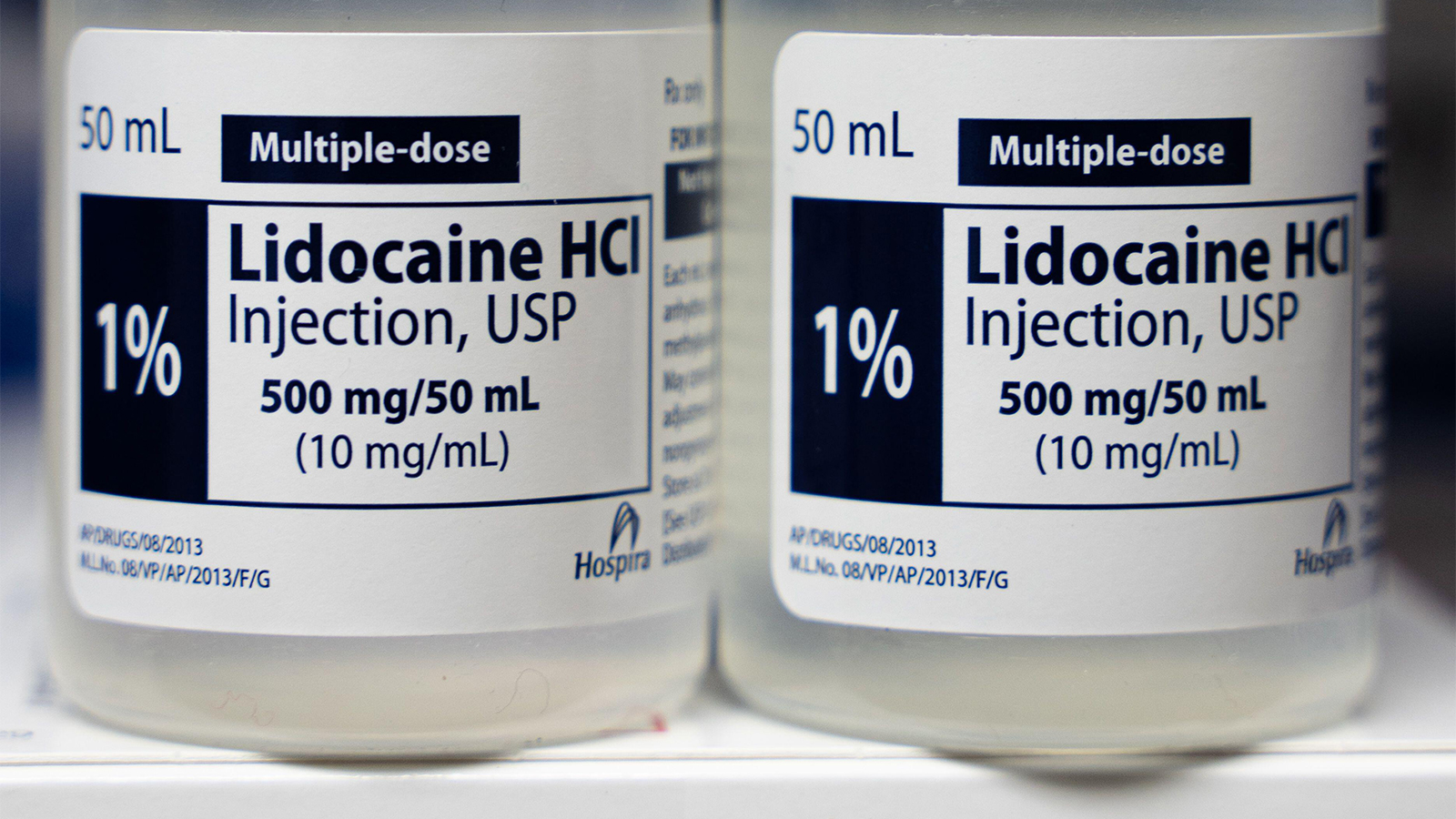Regaining sight despite an opaque cornea thanks to a bioprosthesis made from a tooth or bone. This is the goal of an exceptional operation that is a bit like a last chance. Known as osteo-odonto-keratoprosthesis (OOKP), " The idea is to use the patient's own dental tissue or bone to support an artificial eye prosthesis, allowing light to reach the retina and restoring sight., summarizes Professor Vincent Daien, ophthalmologist at Montpellier University Hospital, the only establishment in France to offer this gesture.
The cornea is the eye's first transparent lens, the one that transmits light to the lens and retina. If it becomes cloudy, light no longer reaches the retina and the patient becomes visually impaired or blind. L'OOKP is now proposed in cases of bilateral corneal visual impairment after failure of a corneal transplant or when the risk of rejection is too high.", explains the specialist.
Three categories of patients concerned
It actually concerns three types of patients: those with eye burns (approximately 10% of eye injuries), Lyell and Steven Johnson syndromes – serious dermatological diseases that can be life-threatening and most often induced by medication – and those with multiple corneal graft failures. To achieve this, two operations separated by three months are necessary (see the video below).
First step, that of removing the tooth or bone, most often a fragment of tibia. It is less invasive but potentially less durable than the tooth which hardly resorbs., notes Professor Daien. The resulting fragment is then cut to obtain a flat side and a plexiglass lens (polymethyl methacrylate, abbreviated “PPMA”) is inserted therein.
This mixed bioprosthesis, made of tooth (or bone) and optics, is then placed under the skin of the patient's eyelid for approximately three months, the time it takes to be colonized by the blood vessels to ensure good vascularization. It is only after this period that the second stage, the implantation of the bioprosthesis in the eye, can be carried out.
Read alsoEye diseases: protective vitamins
Dylan, blind since he was 12, can see again thanks to this operation
For Dylan, 24 years old and blind since he was 12 due to Lyell's syndrome, the two stages took place this summer, the first at the end of June with the making of the bioprosthesis followed by reimplantation in mid-September.
Today, 15 days after the operation and after 12 years spent in darkness, the young man can see again! “Ten days after the operation, he is now at 6/10ths, specifies to Science and Future Professor Daien, which gives him back his independence in all his travels, reading, telephone. Previously, he always had to be accompanied and did not move without a white cane..
Since 2023, 11 patients in France have benefited from this approach and the results are generally satisfactory, " I have a patient at 8/10ths and another at 10/10ths.", explains the specialist, visual recovery occurring in a variable manner, between a few days and a few months.
An operating technique developed in 1963
This rather original surgical technique, developed in 1963 by the Italian doctor Benedetto Strampelli, has evolved with the progress of microsurgery but remains practiced by very few teams in the world (India, Canada, Israel, Spain, Switzerland).
As for how many patients per year in France would benefit from this approach, " it's hard to say, specifies the specialist, because many patients do not know it”. Who continues: “ We are here in a concept of biosurgery with bone that belongs to the patient, and it is much better than all the artificial corneas tested to date.", explains Professor Daien who works with Dr Marie De Boutray, maxillofacial surgeon.
But other avenues are already being explored. After the failure of ear concha cartilage, a technique whose advantage is that it is less invasive than bone or dental harvesting, the time has come for cell therapy using stem cells say limbic. A the origin of the renewal of the corneal epithelium, these could well change the situation in the future. We have just obtained funding from the ANR to work on these cell cultures in partnership with the Inserm Institute of Neurosciences in Montpellier., concludes Professor Daien.

